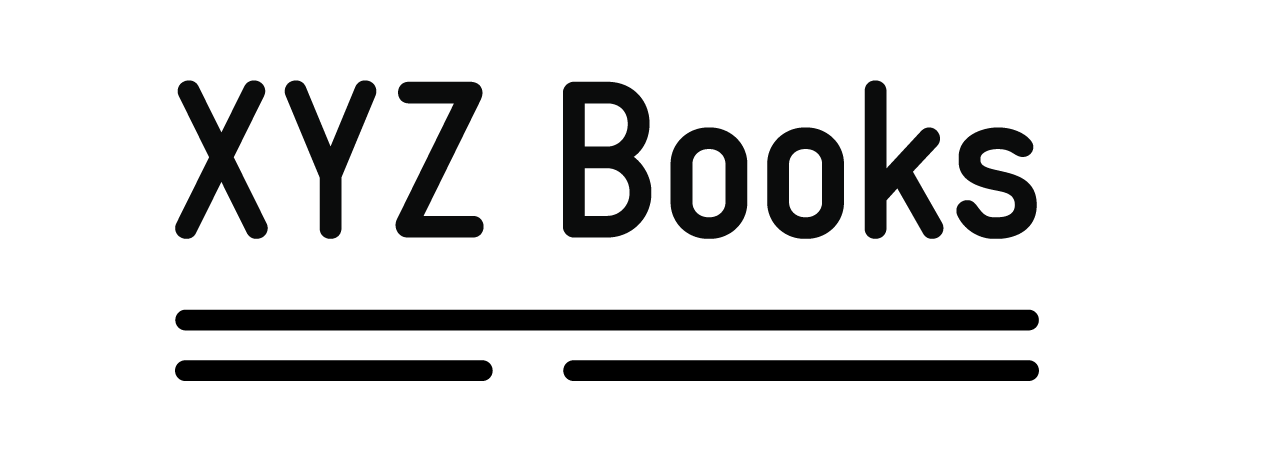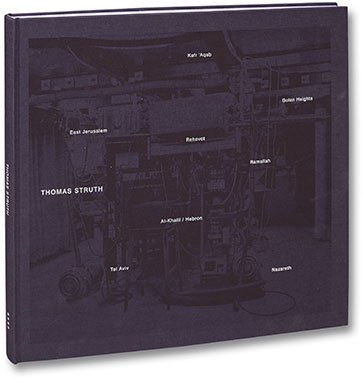 Image 1 of 8
Image 1 of 8

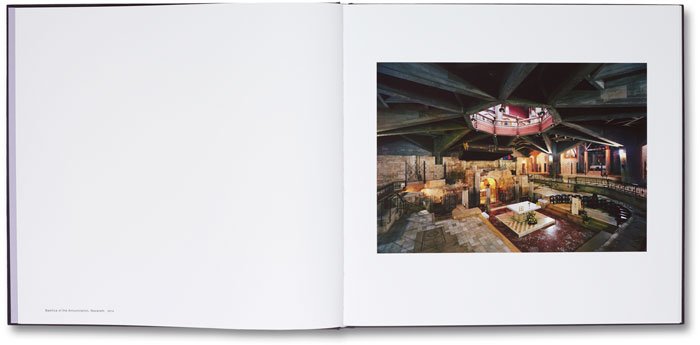 Image 2 of 8
Image 2 of 8

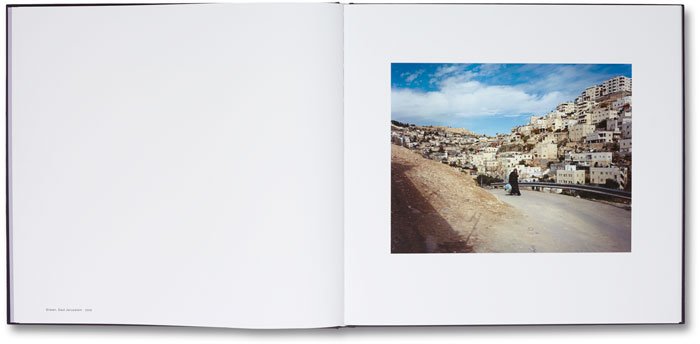 Image 3 of 8
Image 3 of 8

 Image 4 of 8
Image 4 of 8

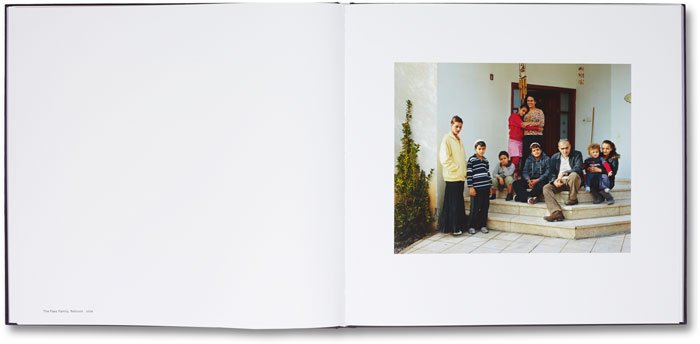 Image 5 of 8
Image 5 of 8

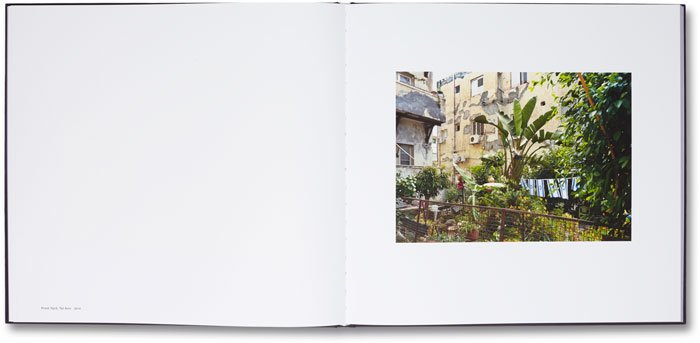 Image 6 of 8
Image 6 of 8

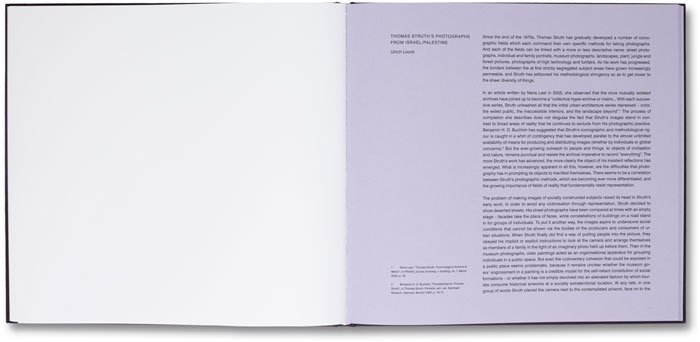 Image 7 of 8
Image 7 of 8

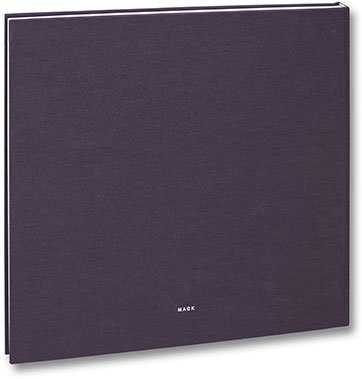 Image 8 of 8
Image 8 of 8









Thomas Struth / Thomas Struth
The irreconcilable coexistence of two nations determines every aspect of reality... No image exists that overcomes this division.
Ulrich Loock
This book brings together sixteen photographs made by Thomas Struth in Israel and the Israeli-occupied West Bank in 2009, 2011 and 2014. Struth continued his practice of creating singular images, each within one of the strictly segregated subject fields he has developed through his career: street photographs, portraits, landscapes and photographs of high technology. Each image carries the enduring complexity and visual distillation of human experience for which Struth is known. Approaching the sheer diversity and quiddity of the inhabited world, he attempts to represent what he has referred to as “a particle of the conflict of the region”, to photograph, fragment by fragment, the conflicted political and social landscape. Ulrich Loock proposes in his essay in the book that this series of images is unified by “strata of antitheses [which] reveal themselves as a matrix running through the work”, as Struth attempts to grasp the circumscribed reality of a region where coexistence has failed, a reality that is inaccessible to photography.
In some ways, this extraordinary body of work is a departure from Struth’s traditional practice: all exposures are related to one single geographical and political reality, as if Struth found every aspect of his photographic vision in one place, and as though Israel and the West Bank were a geographical container for the scope of the human condition.
The irreconcilable coexistence of two nations determines every aspect of reality... No image exists that overcomes this division.
Ulrich Loock
This book brings together sixteen photographs made by Thomas Struth in Israel and the Israeli-occupied West Bank in 2009, 2011 and 2014. Struth continued his practice of creating singular images, each within one of the strictly segregated subject fields he has developed through his career: street photographs, portraits, landscapes and photographs of high technology. Each image carries the enduring complexity and visual distillation of human experience for which Struth is known. Approaching the sheer diversity and quiddity of the inhabited world, he attempts to represent what he has referred to as “a particle of the conflict of the region”, to photograph, fragment by fragment, the conflicted political and social landscape. Ulrich Loock proposes in his essay in the book that this series of images is unified by “strata of antitheses [which] reveal themselves as a matrix running through the work”, as Struth attempts to grasp the circumscribed reality of a region where coexistence has failed, a reality that is inaccessible to photography.
In some ways, this extraordinary body of work is a departure from Struth’s traditional practice: all exposures are related to one single geographical and political reality, as if Struth found every aspect of his photographic vision in one place, and as though Israel and the West Bank were a geographical container for the scope of the human condition.
The irreconcilable coexistence of two nations determines every aspect of reality... No image exists that overcomes this division.
Ulrich Loock
This book brings together sixteen photographs made by Thomas Struth in Israel and the Israeli-occupied West Bank in 2009, 2011 and 2014. Struth continued his practice of creating singular images, each within one of the strictly segregated subject fields he has developed through his career: street photographs, portraits, landscapes and photographs of high technology. Each image carries the enduring complexity and visual distillation of human experience for which Struth is known. Approaching the sheer diversity and quiddity of the inhabited world, he attempts to represent what he has referred to as “a particle of the conflict of the region”, to photograph, fragment by fragment, the conflicted political and social landscape. Ulrich Loock proposes in his essay in the book that this series of images is unified by “strata of antitheses [which] reveal themselves as a matrix running through the work”, as Struth attempts to grasp the circumscribed reality of a region where coexistence has failed, a reality that is inaccessible to photography.
In some ways, this extraordinary body of work is a departure from Struth’s traditional practice: all exposures are related to one single geographical and political reality, as if Struth found every aspect of his photographic vision in one place, and as though Israel and the West Bank were a geographical container for the scope of the human condition.
2014
Mack Books
60 pages
31,5 x 29,5 cm
Hardcover
Offset Print
First Edition
ISBN 9781910164129
